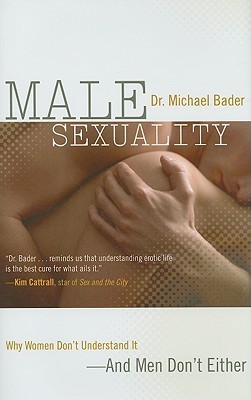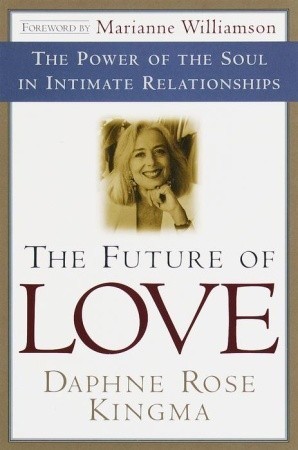
Mating in Captivity: Reconciling the Erotic and the Domestic
Book Description
Can intimacy exist without losing desire? In "Mating in Captivity," Esther Perel delves into the paradoxical nature of love and lust, exploring the tension between the safety of domestic life and the thrill of erotic desire. With captivating insights and provocative questions, she unearths the hidden dynamics that shape relationships, challenging the notion that love and eroticism can coexist. Can we revive passion amid the mundanity of everyday life? This thought-provoking exploration invites a daring reevaluation of what it means to truly connect and ignite the flames of attraction within the bonds of commitment. Are you ready to reignite your intimacy?
Quick Book Summary
"Mating in Captivity" by Esther Perel explores the nuanced dynamics between intimacy and erotic desire within long-term relationships. Perel examines the inherent tension that arises when partners seek both comfort and excitement, safety and adventure, from their romantic connection. Drawing from her experiences as a psychotherapist, she challenges the conventional belief that love and lust naturally coexist, instead unveiling how domesticity often cools the flames of passion. Through case studies, cultural analysis, and provocative questions, Perel offers insights into reviving erotic intelligence in committed partnerships. The book encourages readers to reevaluate their assumptions about desire, intimacy, and fidelity, presenting practical guidance for couples yearning to rekindle sexual vitality amid the routines of everyday life.
Summary of Key Ideas
Table of Contents
The Tension Between Security and Desire
Esther Perel begins by highlighting the central paradox faced by modern couples: the search for emotional security and stability can stifle the very erotic energy that drew partners together. She explains how familiarity and routine, while essential for trust and companionship, diminish the excitement and longing that fuel passionate desire. The book draws on real client stories to illustrate how couples often struggle to balance these opposing needs, revealing that increased intimacy does not always lead to heightened arousal. Instead, Perel suggests that maintaining some psychological distance can preserve erotic vitality.
The Role of Mystery and Autonomy
A key theme is the value of mystery and autonomy within committed relationships. Perel contends that partners often conflate closeness with sameness, inadvertently erasing the individuality each found attractive. She urges couples to nurture their own identities and embrace occasional separateness, which fosters intrigue and longing. Rather than continuous transparency, she argues that a sense of “otherness” and curiosity sustains the spark of desire, challenging the idea that absolute openness promotes eroticism.
The Impact of Communication and Vulnerability
Communication and vulnerability are essential for navigating the complex terrain of intimacy and sexuality. Perel encourages couples to engage in honest conversations about their fantasies, fears, and unmet needs without judgment or shame. She believes that vulnerability, when handled sensitively, can lead to deeper emotional connection and erotic creativity. By breaking taboos and sharing genuine feelings, partners begin to co-create a space where both emotional safety and erotic adventure can coexist.
Cultural Expectations and Sexual Narratives
The book also addresses the powerful influence of cultural narratives and societal expectations on how couples perceive love, commitment, and infidelity. Western ideals often promote the notion that a single partner should satisfy all relational and sexual needs, which can lead to disappointment and disillusionment. Perel invites readers to consider alternative narratives, suggesting that acknowledging desires outside the relationship can, paradoxically, strengthen the bond between partners by enhancing honesty and self-awareness.
Strategies for Reigniting Passion
Finally, Perel offers practical strategies for couples seeking to rekindle passion in their relationships. Her suggestions include rediscovering playfulness, prioritizing intimate encounters, embracing unpredictability, and intentionally creating space for erotic exploration. She also emphasizes the importance of self-care and personal fulfillment, which can reinvigorate a partner’s allure. Ultimately, "Mating in Captivity" provides both inspiration and tools for couples longing to bridge the gap between domestic harmony and lasting desire.
Download This Summary
Get a free PDF of this summary instantly — no email required.





